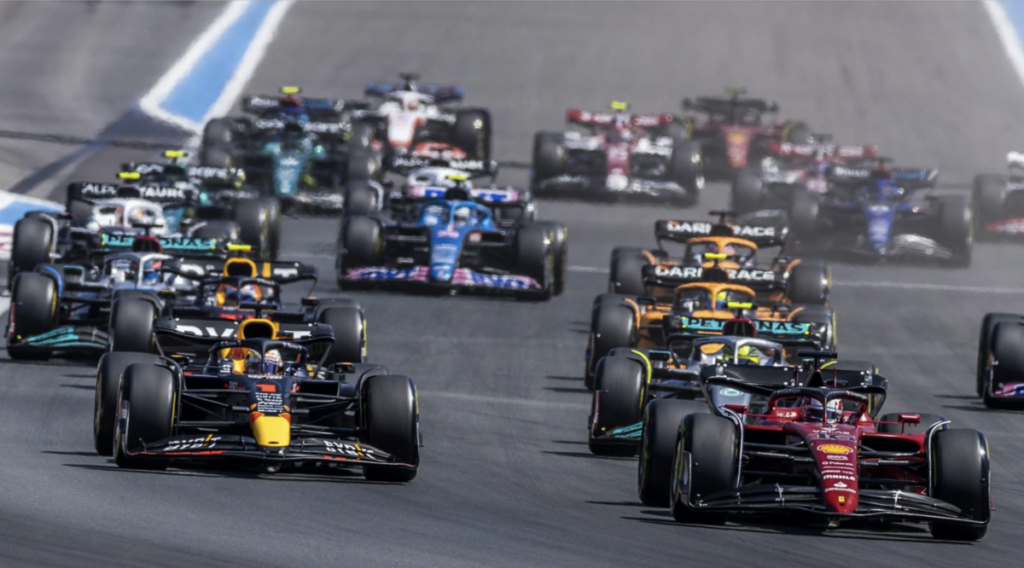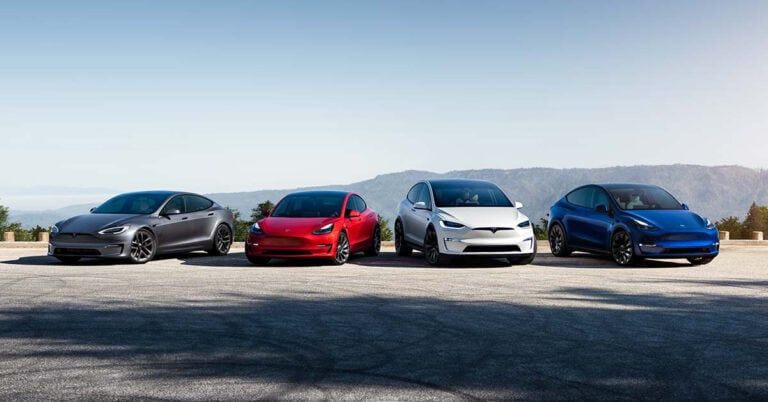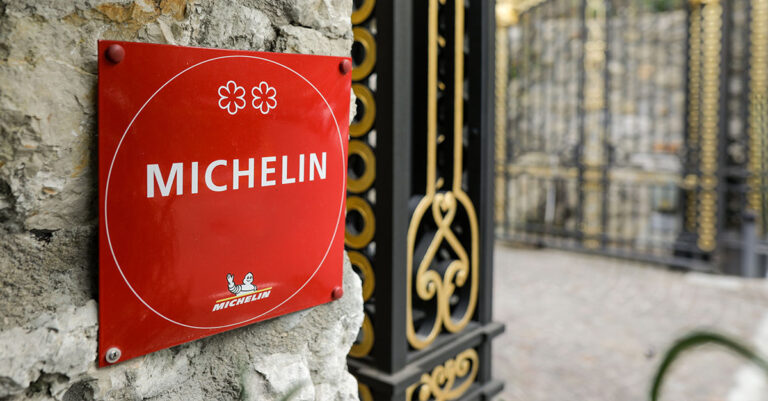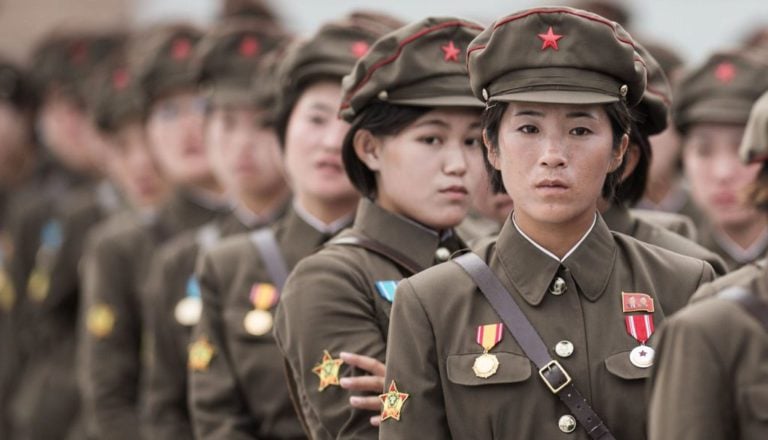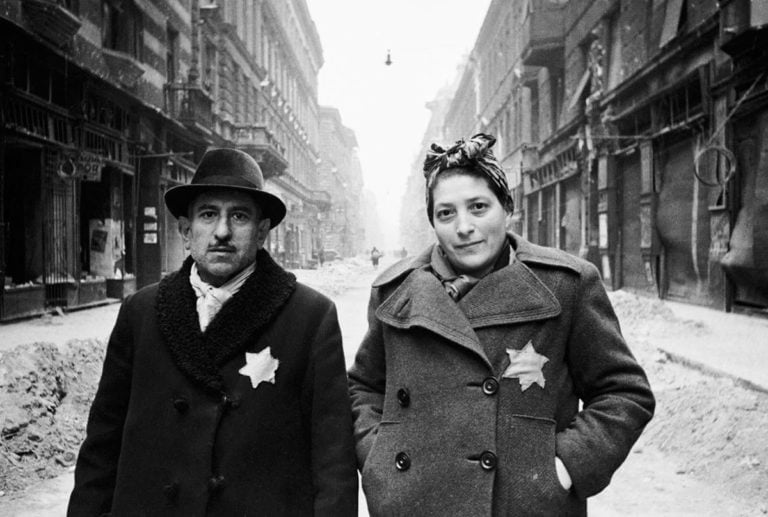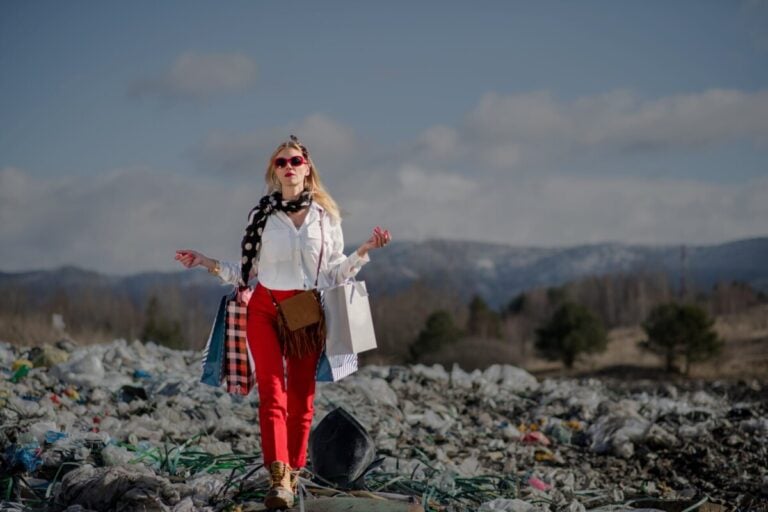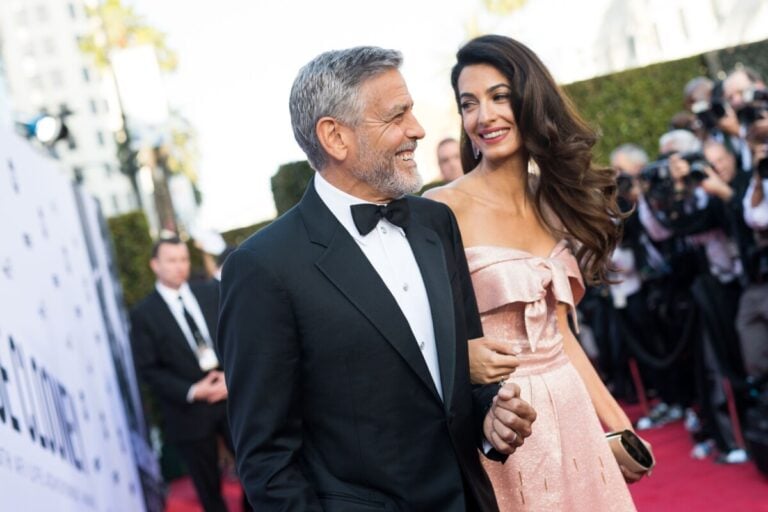Formula 1 is becoming more popular every year among fans around the world. This fastest car race is considered one of the controversial sports.
- Formula 1 – what is it?
- Main rules
- Flags on the track during the race
- F-1 World Championship Grand Prix
- Safety car
- World Championship and Constructors' Cup
- Sprint
- Key technical indicators of cars
- Race tracks
- History of foundation and development
- What factors does victory depend on?
- Formula 1 Director
- Features of judging
- Rating of the world's most famous Formula 1 racing drivers
- Basic terms of Formula 1
It has many characteristic nuances and subtleties. You should familiarize yourself with them in more detail to have an idea about this incredibly exciting and unique sports discipline.
Formula 1 – what is it?
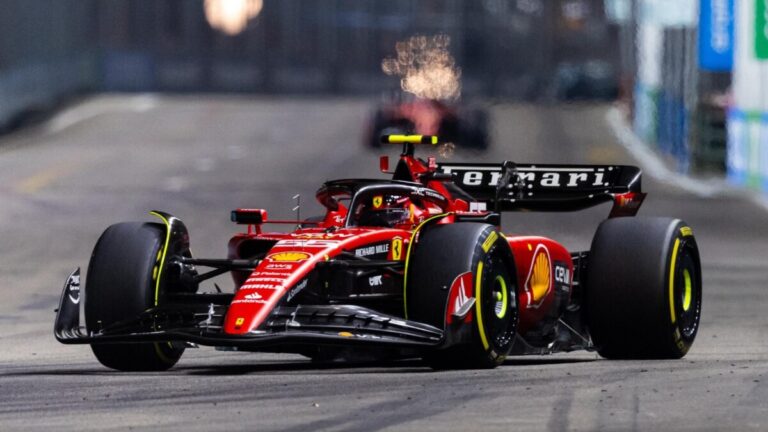
The Formula 1 World Championship includes several stages (Grand Prix), based on the results of which the world champion is determined. The organization and management of the tournaments is carried out by the International Automobile Federation (FIA), and the Formula One Group holding, which includes several large companies, is responsible for their commercial aspect. The FIA has adopted special regulations regarding technical standards and requirements of Formula 1.
Both individual racers (with individual competition) and teams (for the title of “constructors’ championship”) participate in the competition. They use cars of their own production. The team needs to not only hire an experienced pilot, but also ensure competent maintenance of the racing car, as well as develop and construct its project using its own technologies.
Thanks to the prestige and enormous team competition in Formula 1, unique technical innovations are regularly introduced, which overall contributes to the rapid progress of the automotive industry.
Main rules
Fundamental aspects:
The teams independently manufacture the chassis structure of their own racing car. In this case, engines can be purchased from any company. FIA stewards monitor the cars’ compliance with technical regulations.
At each stage of the championship, two pilots participate from a separate team. The color scheme of the cars must be identical, except for the designation of their numbers.
The Grand Prix will be held on Friday, Saturday and Sunday. The exceptions are racing stages with free entry in Monaco and Las Vegas.
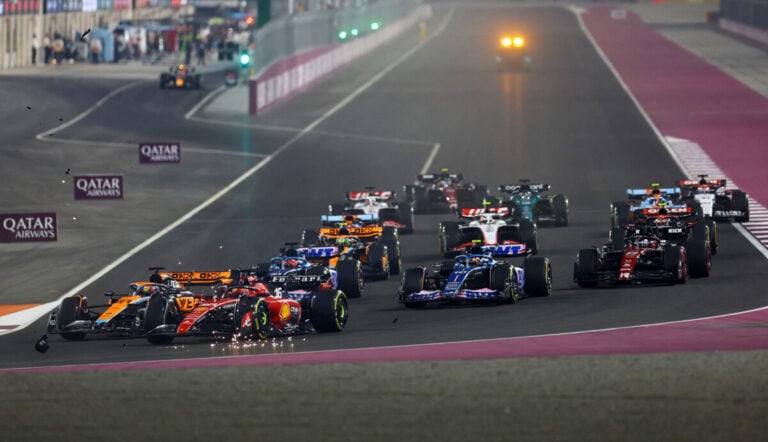
The annual season starts in March and ends in November. It may include a different number of Grand Prix. Starting in 2021, their number reaches 22; previously there could have been no more than 7.
The 10 teams and pilots who are the first to reach the finish line are awarded points according to a specially provided system, which looks like this – 25/18/15/12/10/8/6/4/2/1. Also, an additional point is awarded to the driver who completed the fastest lap with the best performance.
In many Grand Prix qualifying is scheduled for Friday. At the same time, on Saturday there is an additional sprint, shortened by 100 km, and the corresponding qualification. The eight riders who reach the finish line first in the sprint are awarded points according to the following scheme – 8/7/6/5/4/3/2/1.
The points earned by each individual driver in all Grands Prix throughout the season are added up at the end of the year and based on their results, a winner is determined, who is awarded the title of world champion. The points of pilots taking part in races for individual teams are also added up. Based on their results, a candidate is selected to be awarded the constructor’s cup.
Flags on the track during the race
Their meaning:
- Green flag – restart/end of a dangerous section.
- Red flag – suspension of training or race.
- Blue flag – giving a signal during the race about the approach of a car that is ahead of the driver at a distance of more than 1 lap.
- Black flag – penalties and disqualification of the pilot who is required to leave the track.
- Yellow flag – warning about the presence of local danger or throughout the entire section of the route; use in safe mode of the car.
- White flag – a car is on the track at a slow speed.
- The checkered flag is the finishing line in a training or race.
- White and black flag – a warning about unethical and unsportsmanlike behavior of the pilot.
- Black-orange flag – a signal that the car has a technical malfunction and the need for a mandatory stop.
- Yellow-red flag – approaching slippery section on the track (with the presence of water or oil).
F-1 World Championship Grand Prix
Free rides (training):
Carried out over 3 sessions. Moreover, 2 of them are held for 60 minutes on Friday, and one race is held for 1 hour on Saturdays, before the qualification is awarded. The exception is Las Vegas, where all training takes place one day earlier.
To be able to take part in the Grand Prix, the driver must complete at least one lap in the training session.
Qualification:
For the first time, the procedure for determining the starting race of race participants was used in 1933 in Monaco based on the results of timed training sessions.
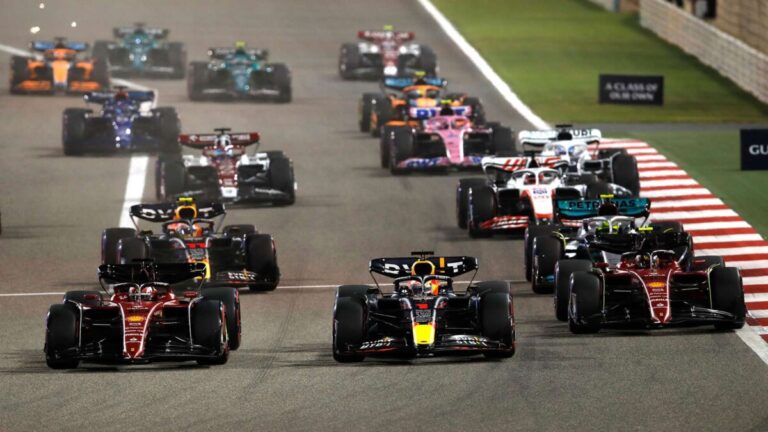
Qualifying individual heats (up to three qualifying sessions) lasting up to 60 minutes began to be used in 1975.
From 1977 to 1992, pre-qualification was provided for at many racing stages, due to the limited admission (no more than 26) cars at the start and the excess number of drivers.
From 1993 to 1995, only 12 laps were allowed during the two one-hour qualifying sessions (Saturday and Friday).
From 1996 to 2002, the qualifying session was held only on Saturday.
Since 2003, the driver was required to drive only 1 lap around the track, with no other participants present, to determine the qualifying time. Based on the results of this race, the order of races in training on Saturday was determined.
Since 2004, both training sessions began to take place only on Saturday.
Since 2005, the time indicator of the two training sessions has been summed up. Training was held on Saturday and Sunday immediately before the Grand Prix (several hours before the start).
Since 2006, qualification has been carried out on a knockout basis. It is held only on Saturday in the form of 3 sessions – Q1, Q2, Q3.
The first session lasts 18 minutes and all riders take part in it. The 2nd session lasts 15 minutes with the remaining 15 riders participating. The 3rd session lasts 12 minutes and consists of the remaining 10 riders.
After completing the qualifications, the cars of the pilots who are in the top 10 leaders are placed in a closed park before the start of the Grand Prix. It is prohibited to make any technical adjustments (for example, replacing the engine or tires). Based on the regulations, it is only permitted to carry out individual adjustments under the supervision of FIA stewards.
Fines imposed by inspectors on a team or individual riders do not affect qualifications.
Race:
The Grand Prix takes place on Sunday (except for the Las Vegas race from 2023). In this case, a warm-up lap is carried out just before the start at 15:00 or 15:10, depending on local time.
During the Grand Prix stage, drivers are required to complete a number of laps previously determined by the Formula 1 organizers, taking into account the size of the lap length of the circuit.
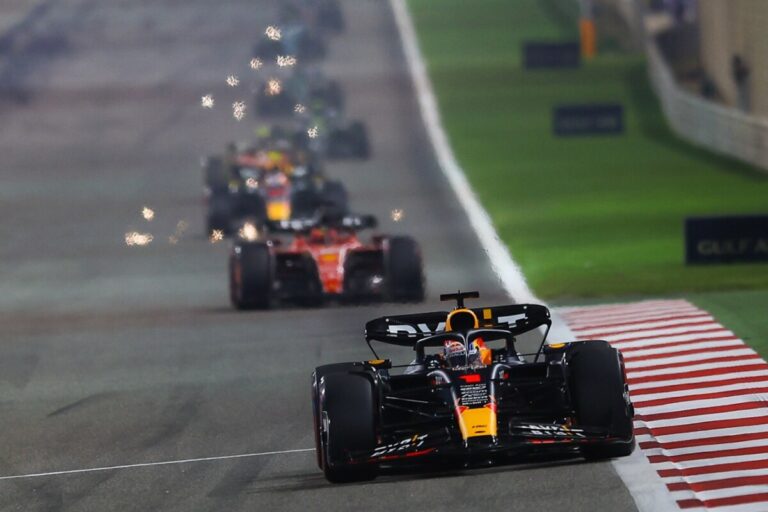
Approximately 15 minutes before the warm-up lap, cars must leave the pit lane to enter the starting grid and take their places according to their qualifying results. Cars are allowed to be serviced by team instructors, who must leave the starting area a few seconds before completing the warm-up lap.
At the traffic light, pilots begin driving the pre-start warm-up lap. However, they are prohibited from overtaking. After completing the warm-up lap, the cars are again installed on the starting field in their places and, with a traffic light, the race starts in competition mode.
During the Grand Prix, the team has the right to make a varying number of pit stops for the purpose of changing tires or carrying out repair work. Usually their number is no more than three, depending on the team’s strategy and the conditions of the route. The most common adjustments are made to the wings and attack angles.
Refueling cars throughout the entire racing stage is not allowed (since 2010), so they have a large fuel tank, which affects the significant weight of the car and its control format.
The Grand Prix must take place no more than two hours. The total time limit is up to three hours. Additional time is provided for force majeure circumstances.
For each Grand Prix, up to 3 types of tires are selected. Their kits are completely identical for all teams participating in the race. Moreover, according to the Grand Prix rules, each driver must use at least two types of tires, which facilitates at least one pit stop.
When entering the pit lane, the driver must reduce the speed limit slightly – below the speed limit provided for each track individually. Usually its parameter is 80 km/h, but in exceptional cases it can be equal to 60 km/h. If these rules are violated, a fine will be imposed in the form of sending the car to the pit lane.
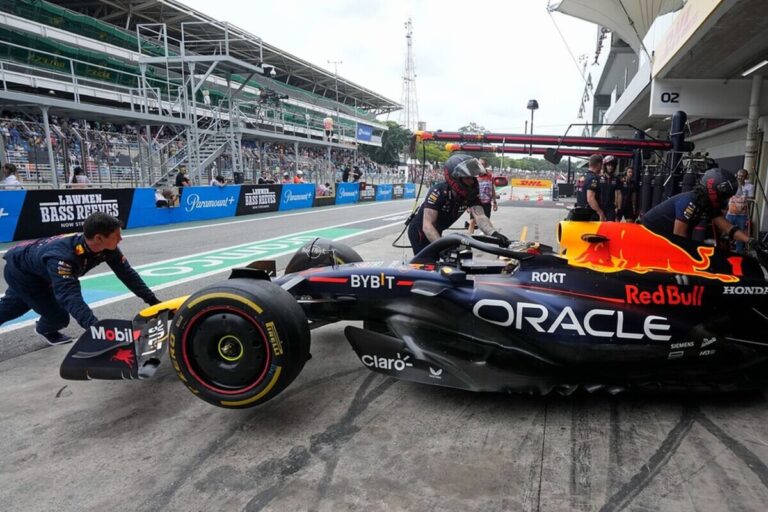
At the pit stop area, the pilot stops the car near the pit of the team of which he is a member. At this time, mechanics replace tires and faulty spare parts, and also test the technical condition of the entire vehicle. A pit stop usually takes no more than a few seconds.
After the Grand Prix, all drivers and teams are awarded points. The first three winners are invited to the podium to present the cups. According to established tradition, they are doused with champagne. In Muslim countries, it is customary to use soft drinks instead of champagne.
In case of force majeure situations associated with a danger to the health and life of the race participants, the Grand Prix stages are suspended ahead of schedule and a red flag is placed on the track. The decision to continue the race is made by the Formula 1 Board of Directors.
If it is impossible to restart the race, the winner is the pilot leading at that moment, having completed two laps and 75% of the required distance. In other cases, if the racing stage is not resumed, all pilots are awarded half the points based on the results at the time the race was suspended.
Safety car
In such a situation, the tournament is suspended, and all its participants follow the safety car with its speed limit according to the order of the race. However, it is not allowed to overtake each other. The safety car is used until the danger is eliminated. The Grand Prix then resumes using a “running” starting format.
Since 2000, Bernd Mayländer, a former racing driver from Germany, has been appointed chief safety car driver since 2000. From 2021, Mercedes-AMG and Aston Martin-Vantage have been used as safety cars.
World Championship and Constructors’ Cup
The annual Formula 1 season involves competition not only between the drivers for the title of winner of the world championship, but also among the constructors – for a special constructors’ championship.
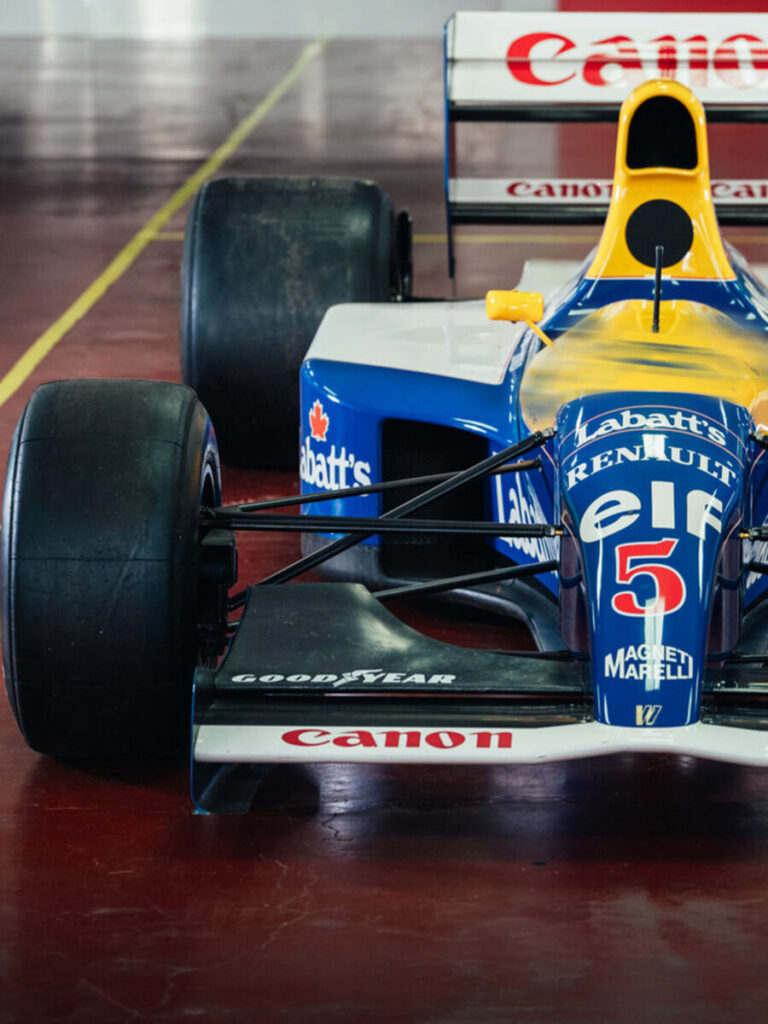
Throughout the season, the points scored by the driver at individual stages of the race are added up. The designer is awarded points for each Grand Prix scored by two riders on his team. After the last tournament, a final tally of all points is performed and the title of winner in several categories is awarded.
Since 2010, Formula 1 has adopted a new scheme for awarding points to the ten drivers who are the first to reach the finish line. In accordance with the placement of places from 1 to 10, the following points are awarded: 25-18-15-12-10-8-6-4-2-1. Also, the driver is awarded 1 more point for the fastest lap.
Sprint
In Formula 1 tournaments from 2021, the sprint is presented as a race over a distance of 100 km, with no previously provided pit stops. Pole is awarded to the driver who wins the qualifying session held on Friday.
Since 2023, the qualifying session for the main Grand Prix has been held on Friday. At the same time, additional qualifying competitions for the sprint are held on Saturday. Then, on the basis of the main qualification, places are allocated for the main Grand Prix, and based on the results of the sprint, places are allocated for the mini-races of the weekend.
The point system for the main sprint from 2022 includes 8 places. Her scheme looks like this (starting from first place) – 8/7/6/5/4/3/2/1.
Key technical indicators of cars
Chassis
A Formula 1 racing car is a monocoque made of carbon fiber material with wheels (4 in number) located separately from the body. The front two wheels are considered driven, and the rear wheels are considered driven.
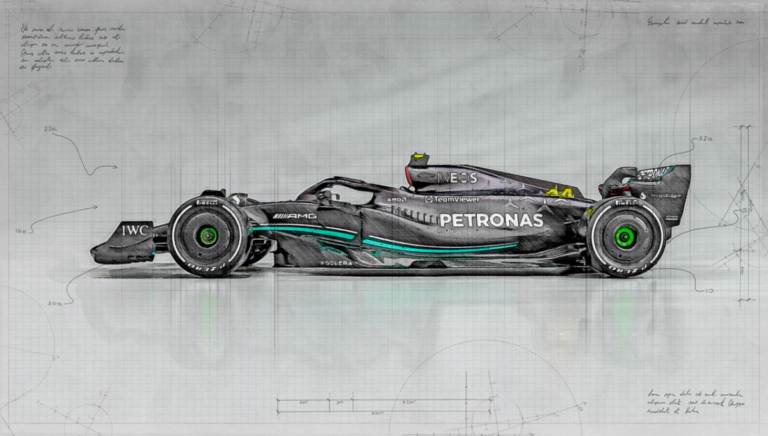
The driver sits in a cramped cockpit at the front of the car and controls it using the steering wheel, gas and brake pedals.
Formula 1 cars usually operate at a speed limit of over 300 km/h. In terms of average driving speed on a circuit of circuit car racing, Formula 1 surpasses other similar tournaments. This is due to the most efficient aerodynamics and braking system of the cars participating in the race. At the same time, the use of anti-lock and power brake mechanisms is strictly prohibited.
Motor
In Formula 1 racing tournaments, eight-cylinder four-stroke engines with a volume not exceeding 2.4 liters are used. Their participants were allowed to use ten-cylinder engines with a capacity of up to 3 liters, as well as air restrictors and reverse stoppers.
The engine power indicator was supposed to be from 750 to 770 hp. The use of a cooling air system is prohibited.
The FIA decided to ban any engine modifications from 2008. At the same time, it was allowed to increase its power indicator. At the same time, the FIA leadership made a decision on the mandatory equipping of all teams with standard engines, which caused dissatisfaction among many Formula 1 participants. Most of them announced their withdrawal from this sports organization.
The Association of Formula 1 Teams has prepared many projects to reduce costs, including the supply of engines within the framework of 5 million dollars.
All racing cars until 2014 were equipped with V-shaped six-cylinder engines with a volume of up to 1.6 liters.
KERS
The Kinetic Energy Recovery Device (KERS) has been used in Formula 1 cars since 2009. This is a specific system for accumulating energy (kinetic) during braking and releasing it during acceleration of the car.
However, not all race participants chose to use these systems. Most of them used electrical similar devices. In 2011, all restrictions on their use were lifted.
ERS
This is an innovative energy recovery device. This system has been a mandatory feature in Formula 1 racing cars since 2009.
Since 2014, racing cars have been using turbocharged V6 engines with ERS in several varieties. One of them has the ability to store energy during braking, and the second accumulates energy coming from exhaust gases and uses them in a turbine engine.
Thanks to this system, riders have the opportunity to use additional power (163 hp) per lap for 33 seconds.
Security
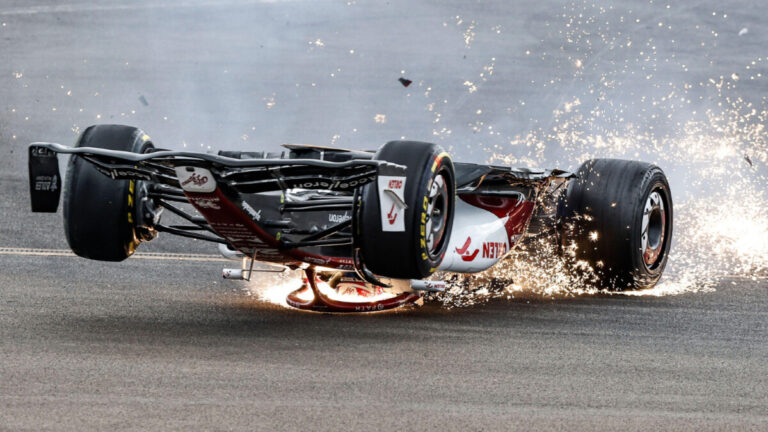
During the development of machine designs, many important adjustments were made, which helped to increase the level of pilot safety in various situations.
In 1996, the sides of the cockpit were significantly strengthened and raised to protect the rider in the event of side impacts, and special roll bars were provided to protect the rider during a rollover from the rear of the cockpit.
The FIA has adopted regulations on the basis of which the driver must be able to leave the car within 5 seconds by unhindered release of the safety belts and removal of the steering wheel.
Pilots are equipped with certain Sparco-branded overalls that can withstand open fire for 14 seconds. Racers are also equipped with special protective clothing, gloves, shoes and balaclavas made of fire-resistant materials.
In addition, since 2018, they have been equipped with special protective devices for the head and neck in the form of a titanium halo, which have proven themselves to be effective to this day.
Electronics
In Formula 1, system devices are not permitted for use as auxiliary elements in the driver’s control of the car, for example, starting control mechanisms. All participants are required to use a standard block control system – ECU.
During the race, telemetric data about its condition and behavioral characteristics is regularly transmitted from the car. They are monitored online by team instructors. At the same time, there is no feedback from pilots to them.
Tires
The key characteristics of tires for racing cars are considered to be optimal grip on the road surface, lightness and reliability. However, in this case they are, as a rule, short-lived.
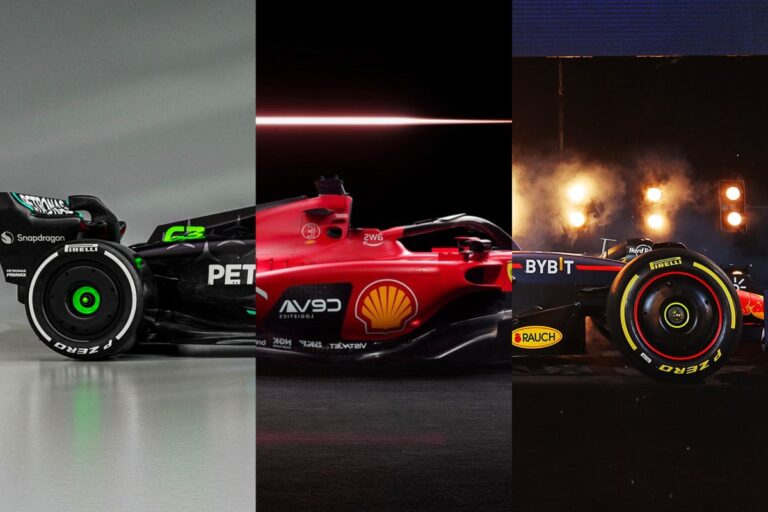
The materials used to make these tires are polyester, nylon and rubber; additional components include petroleum, sulfur and carbon.
A softer tire has better grip, but it also wears out faster.
3 types of tires are used:
- Rain – for the wettest route.
- Mixed – for a slightly damp road.
- Slicks – for dry asphalt.
Since 2011, Pirelli has been the only tire supplier for Formula 1 cars.
Drivers in the third qualifying session are required to start the race with the set of tires with which they achieved the best time in the second qualifying session.
Teams must notify the FIA Council in advance regarding the choice of tires for the race.
New rules for tires have been adopted since 2022. Their diameter must be 18 inches. In this case, the front tires should have a width of 120 mm, instead of the previously 305 mm. The width of the rear tires has not changed – 405 mm. Tires should only be filled with nitrogen or air.
In 2022, the ban on choosing tires for a racing car in the Grand Prix regarding the first 10 participants was lifted and all drivers have the right to independently select them.
Race tracks
High-speed competitions imply increased safety requirements. For this reason, certain materials are used when constructing tracks for Formula 1 racing tournaments. In total, at the beginning of 2023, 76 different types of tracks were represented in the world championships.
History of foundation and development
The history of automobile racing dates back to the 20s of the last century. Their roots stretch back to European countries where regular Grand Prix events were held in cars with the highest speeds at that time. Such competitions were very popular before the Second World War.
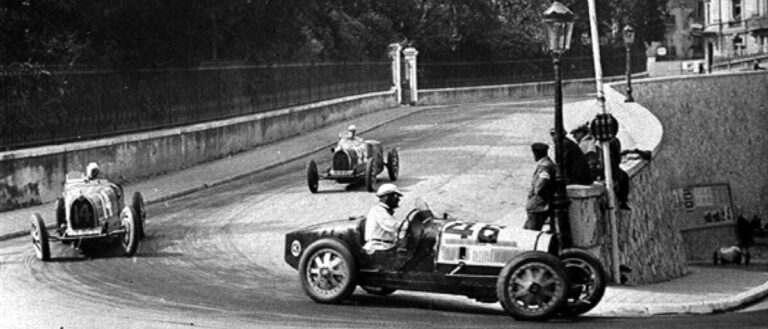
1946 is considered the beginning of the newest historical era for Formula 1, after the general rules regarding the technical equipment of sports cars were developed and adopted by the FIA (Federation Internationale de l’Automobile).
Main events from 1950 to 1999:
- In 1950, the first world motor sports championship was held. It featured races called Formula 1 as a separate category, in which, until 1950, only the skill of pilots in the individual competition was assessed.
- 1952-1954 – The FIA has decided to hold the Grand Prix according to Formula 2 regulations and has developed rules to improve safety by reducing the speed limit.
- 1958 – The FIA established a special constructors’ championship. After this period, the award began to be awarded to the entire command staff. For the first time, a woman took part in the race – Maria Teresa de Filippis.
- 1961-1966 – the racing distance was reduced to 300 km, instead of 500 km; for the first time in the history of Formula 1, the Lotus team used a monocoque and roll bars in the configuration of the cars. The FIA has decided to return large-volume engines (up to 1.5 liters – with supercharging and up to 3 liters – without supercharging).
- 1968-1980 – the Lotus team participated in the races in cars with advertising logos of the Imperial Tobacco company pasted on, which gave rise to sponsorship investment in these competitions. For the first time, racing cars began to use wings and ground effect as aerodynamic elements. A top leading team was formed. This rating includes the following teams: Benetton, Lotus, Williams, McLaren, Ferrari.
- 1981-1984 – the first contractual agreement was concluded between the FIA management and the Formula 1 team. Car racing became officially known as the “Formula 1 World Championship”. A ban has been adopted on the use of ground effect and refueling of cars during the race.
- 1986-1988 – the engine power in the cars was more than 1300 hp. pp., the maximum pressure of turbo engines has been reduced to 2.5 bar.
- 1989-1990 – a decision was made to ban turbo engines (until 2014). Car designs began to be equipped with electronics: in the suspension mechanism, gearbox, control system.
- 1992 – conclusion of the second contractual agreement between the teams and the FIA.
- 1994 – FIA decides to ban most electronic innovations.
- 1997 – conclusion of the third contractual agreement between the drivers and the FIA management. (It expired in 2007).
The beginning of the 21st century is marked by the rapid growth of innovative technologies, as a result of which many leading car manufacturers have invested huge amounts of money in Formula 1 racing. The annual budget of most teams by this time exceeded hundreds of millions of dollars.
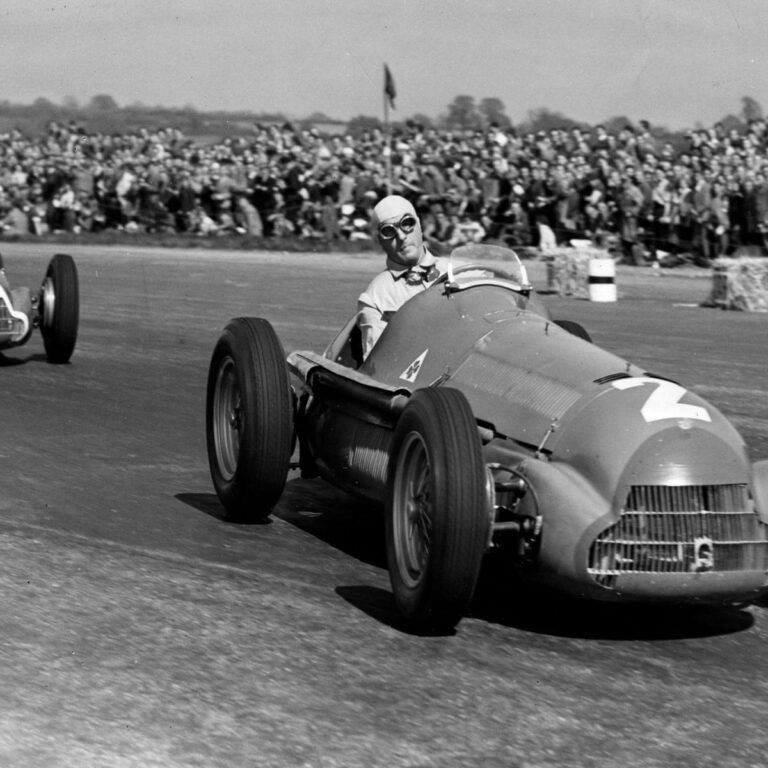
This factor has led to 28 teams leaving Formula 1 since the beginning of 1990, as they did not have enough finances, unlike competitors occupying leading positions in the world auto racing championship.
Main events from 2000 to 2022:
- 2000-2004 – driver Michael Schumacher became the winner of all seasons of the world championships in a Ferrari car, and his team won the constructor’s cups.
- 2002-2004 – this time is marked by the predominant position of Ferrari cars in Formula 1.
- 2005 – the FIA made significant changes to the competition regulations. The main requirement in them is that car engines must have the resource to be able to complete two races. A ban was also introduced on changing tires during the Grand Prix.
- 2002 – a ban was imposed on the use of team tactics in racing due to a scandalous incident when, by order of the team, competition leader Rubens Barrichello was forced to let team rival Michael Schumacher pass in front of him.
- 2005 was remembered for the “tire scandal”. All teams that used Michelin brand tires for their racing cars refused to participate in the Grand Prix, since it was dangerous to cover the distance on a milled track.
- 2006 – the instruction on the abandonment of ten-cylinder engines with three-liter tanks comes into force. Instead, eight-cylinder engines with a volume of 2.4 liters began to be used.
- 2006 – new strict rules were introduced for the possibility of participation in the 2008 world championship. All applications must be submitted before April 1, 2006.
- 2009-2010 – this period is marked by regular controversial and conflict situations between teams and the FIA. Many of the participants in the race were about to leave. In order to save the reputation and unity of Formula 1, FIA President Max Mosley decided to resign from his position. His post was taken by former Ferrari director Jean Todt.
- 2011 – the decision was made to return to the use of team tactics.
- 2014 – cars are equipped only with six-cylinder turbocharged engines of 1.6 liters.
- 2015 – return of Honda cars to Formula 1.
- 2020 – the weight of the machines is expected to increase to 746 kg.
- 2022 – previously prohibited ground effect is allowed.
What factors does victory depend on?
To be able to reach the finish line faster than all the participants in the race, you must not only have excellent driving skills of a high-speed car.

There is a whole set of other important aspects:
- Technical solutions. Engineers tune cars to the characteristics of each specific race track, with the goal of demonstrating the car at the maximum speed in its various sections. At the same time, certain regulations are provided, on the basis of which many technical parameters of the machine are limited, for example, the altitude of the wing above the asphalt surface. This completely equalizes the chances of winning for all teams.
- Optimal piloting. The speed limit of the car on the track is determined by the skills and abilities of the driver. The pilot is obliged to quickly navigate as quickly as possible which section of the track has the opportunity to gain time, with possible risks in turning areas and fully maintaining control of the car.
- Teamwork. A thoroughly thought-out strategy and development of pit stops at different stages of the race contribute to the ability to respond competently and quickly in unforeseen situations and in all weather conditions.
Formula 1 Director
This position requires:
- Management of the logistics system of each racing stage.
- Control over the presence of cars in a closed parking lot before the start of the Grand Prix.
- Verifying strict compliance with all stipulated FIA rules.
In addition, the race director is directly involved in resolving conflicts and disputes between pilots or teams. However, he does not have the power to issue punitive damages.
Since 2023, the post of director of Formula 1 has been occupied by Nils Wittich.
Features of judging
The judging panel, which monitors all regulated rules and resolves controversial issues, includes stewards holding different positions and assigned specific responsibilities.

Formula 1 judges:
- Race director – is responsible for the technical equipment of cars, drivers, preparation of the circuit and track.
- Car race controller – monitors the progress of the race from the monitor and conveys all the necessary information to the stewards on the track. Coordinates issues regarding suspension of the race, disqualification of participants and delays at pit stops.
- Starter – is responsible for giving signals for the timely and accurate start of a car race.
- The Board of Sports Commissioners is the highest panel of judges that makes decisions in controversial cases.
- Finish sector steward – sends a signal with a special flag about the end of the race and records the finishing time of the pilots.
- Marshals are stewards on the track, subordinate to the Grand Prix controller.
- Pit Lane Steward – monitors the amount of time a driver spends at a pit stop.
Rating of the world’s most famous Formula 1 racing drivers
The TOP 5 includes:
- German pilot Michael Schumacher is a seven-time world champion and winner of 91 Grand Prix. Career began in 1991, ended in 2012.
- Brazilian pilot Ayrton Senna is a three-time world champion and winner of 41 Grand Prix. Career began in 1984, ended in 1994 (due to death).
- English pilot Lewis Hamilton is a seven-time world champion and winner of 103 Grand Prix. Start of career – 2007. Currently he is a member of two teams: Mercedes and Mclaren.
- German pilot Sebastian Vettel is a four-time world champion and winner of 53 Grand Prix. Start of career – 2017, completion – 2022.
- French pilot Alain Prost is a four-time world champion and winner of 51 Grand Prix. Career began in 1978, ended in 1991.
Basic terms of Formula 1
To fully understand everything that happens at a Formula 1 auto race, it is worth familiarizing yourself with its specific terminology:
- Race weekends – weekend days when racing, qualifying and training sessions are carried out (Friday, Saturday, Sunday).
- Pit lane is an area of the track where separate team pits are located, intended for cars to enter for the purpose of changing tires or repairing faulty parts.
- Pole position is the most advantageous position of a car on the starting grid in a Grand Prix.
- Tip-stop – stopping the car during the race to change tires, perform technical operational repairs or change the driver.
- Slicks – a type of rubber with a smooth coating, designed for dry weather, there are three types – soft, hard and medium.
- Boxes – garage compartments for teams. They house personnel, equipment and carry out work on setting up or repairing machines.
- Telemetry – a system for collecting information about a car on the track, necessary for its optimal configuration, taking into account temperature and wind direction.
- Peloton – all racing cars participating in the tournament.
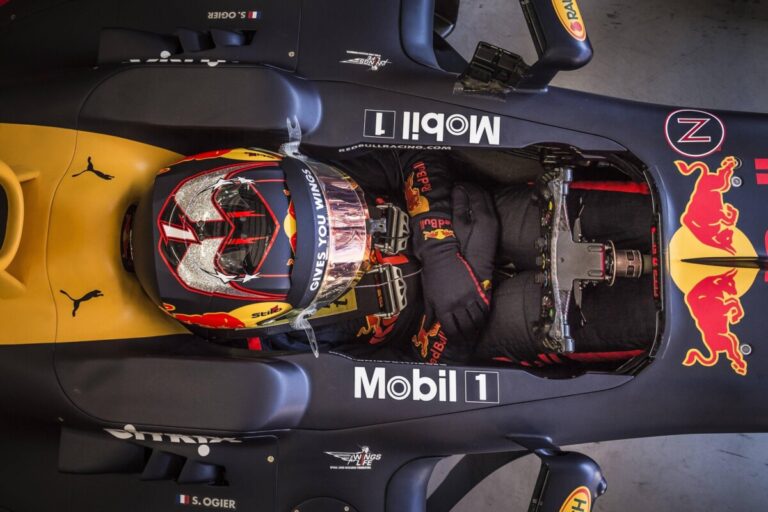
The season consists of 23 racing stages (Grand Prix). Each of them is held on an individual track. The most famous are located in Europe. The fastest route is considered to be in Monza (Italy). Moreover, in Monte Carlo it passes directly through city blocks.
Each racing tournament is held over 3 days. It includes practice sessions and qualifications, based on which the starting positions of the riders in the main race are selected.
After completing each Grand Prix, drivers are awarded points based on their finishing times. The world championship title is awarded to the driver who scores the most points during the season. At the same time, victory in a separate Grand Prix is not always decisive in the fight for the championship title.
Formula 1 is often called the “pinnacle of motorsport” or the “queen of motorsport”. This is the most prestigious sporting event in the world. Its popularity is associated with many progressive technical achievements, as well as the development of exclusive high-speed cars with enormous capabilities and functions.
Team competition promotes the upgrading of various automotive systems. This is the most expensive type of sport. Drivers have to overcome tough competition in Formula 1 and only a few of them manage to reach the pinnacle of success thanks to their amazing skill and skills acquired through daily training.
